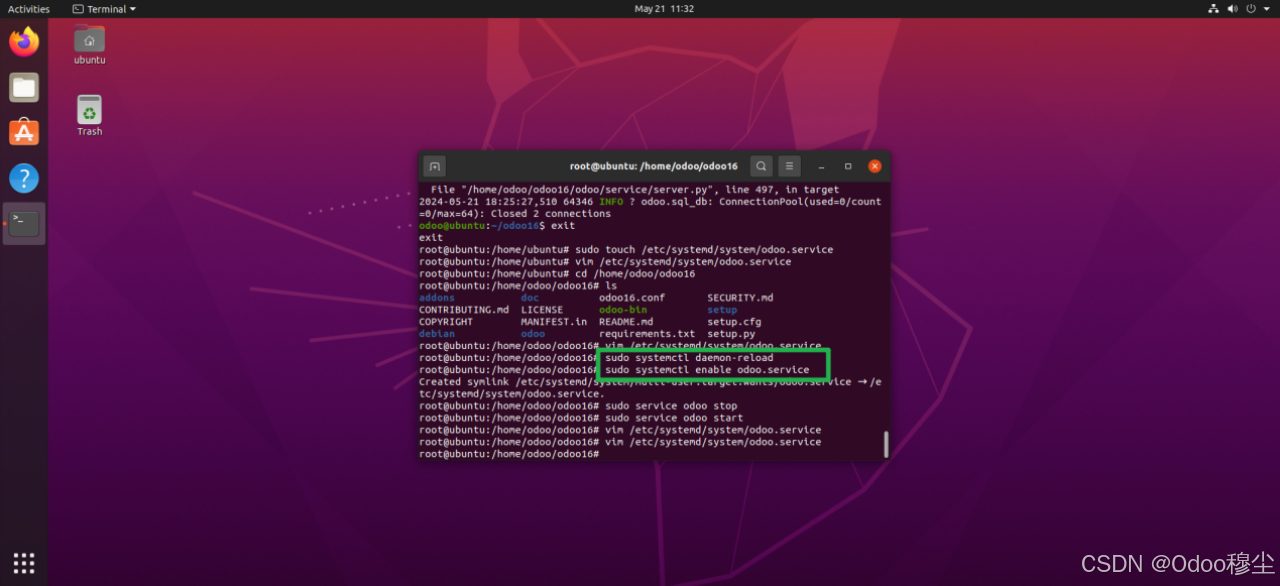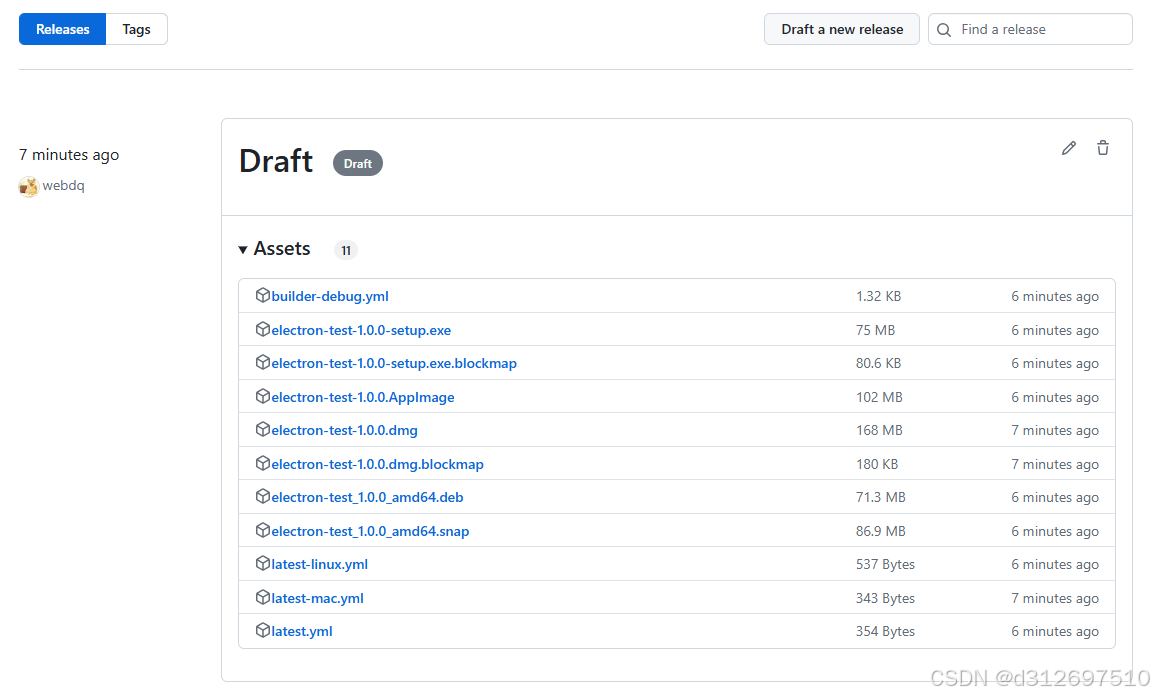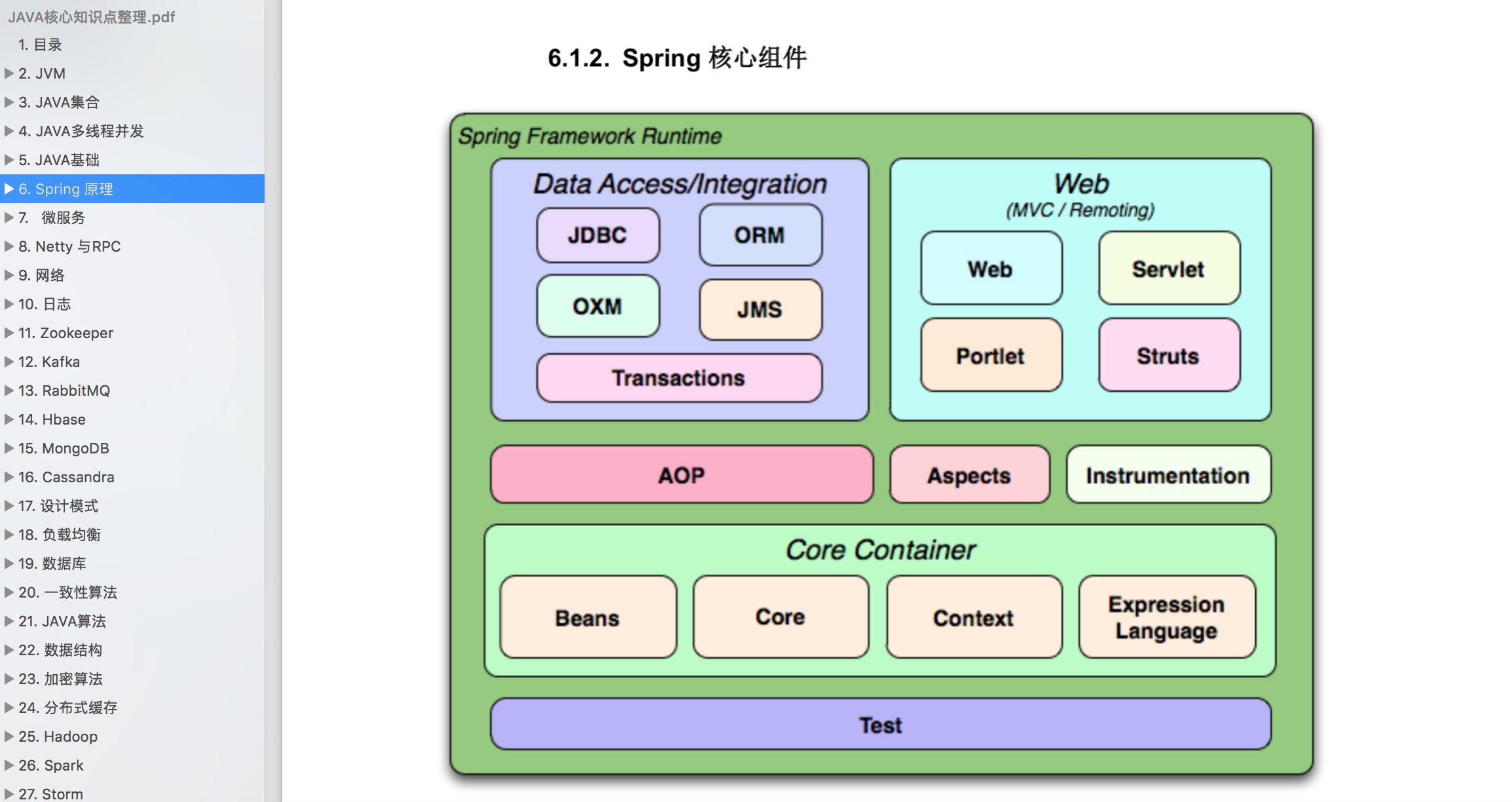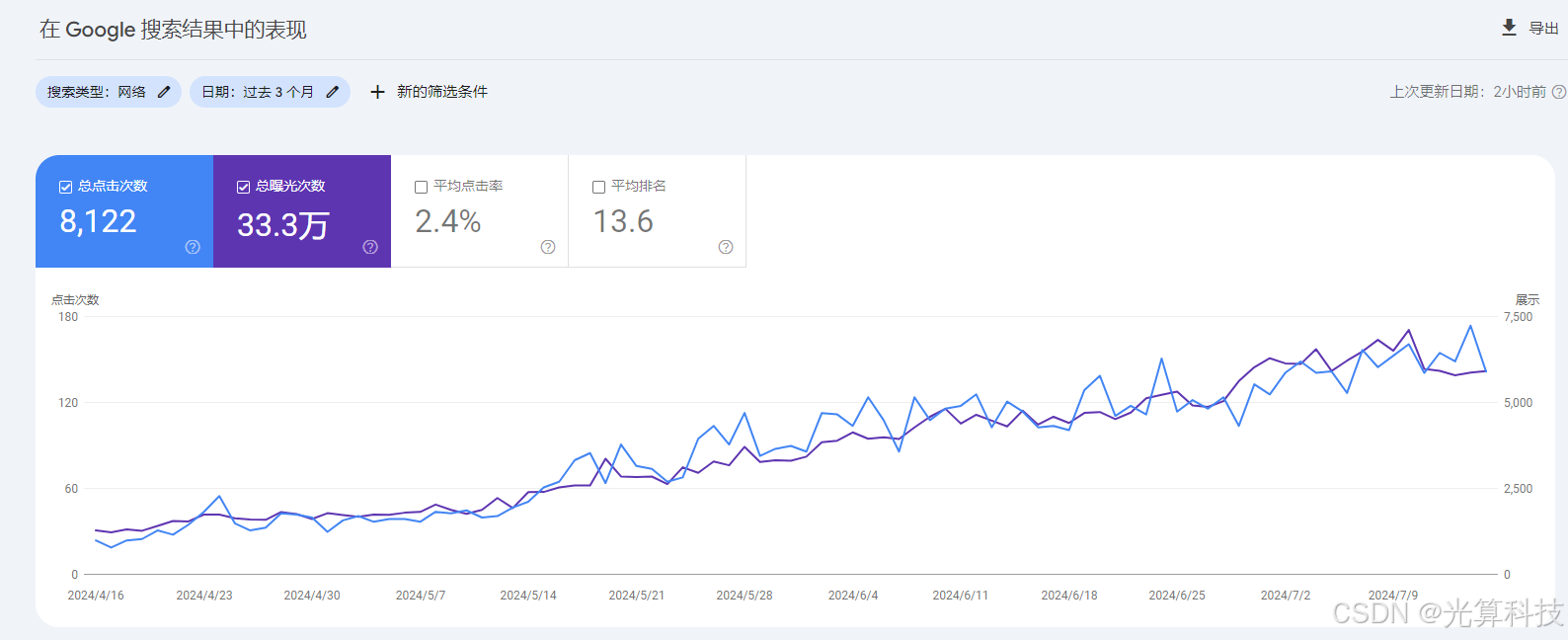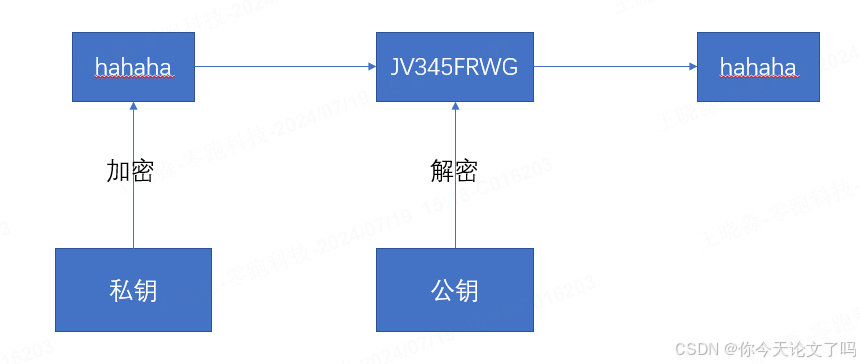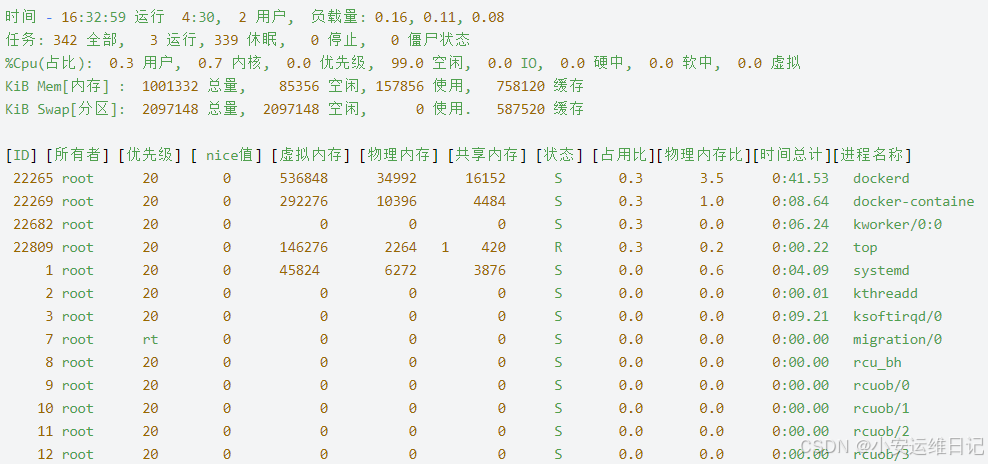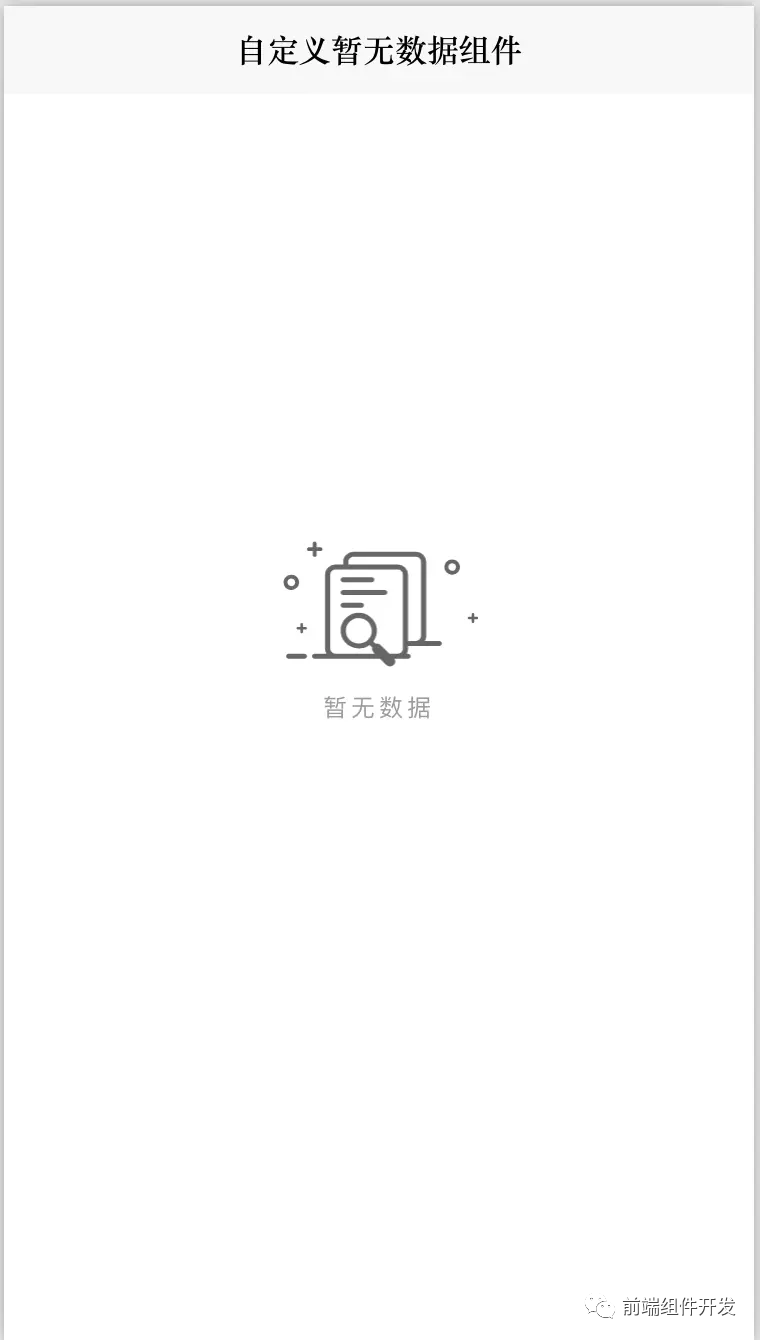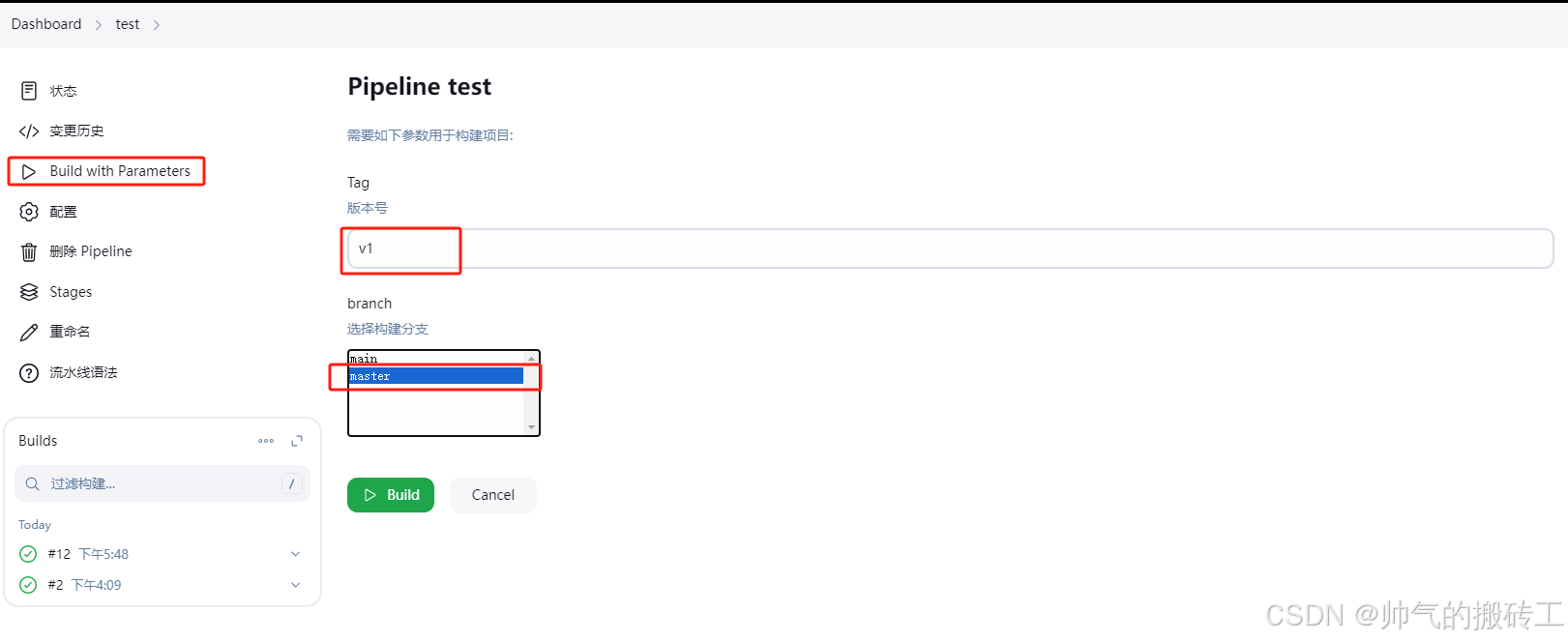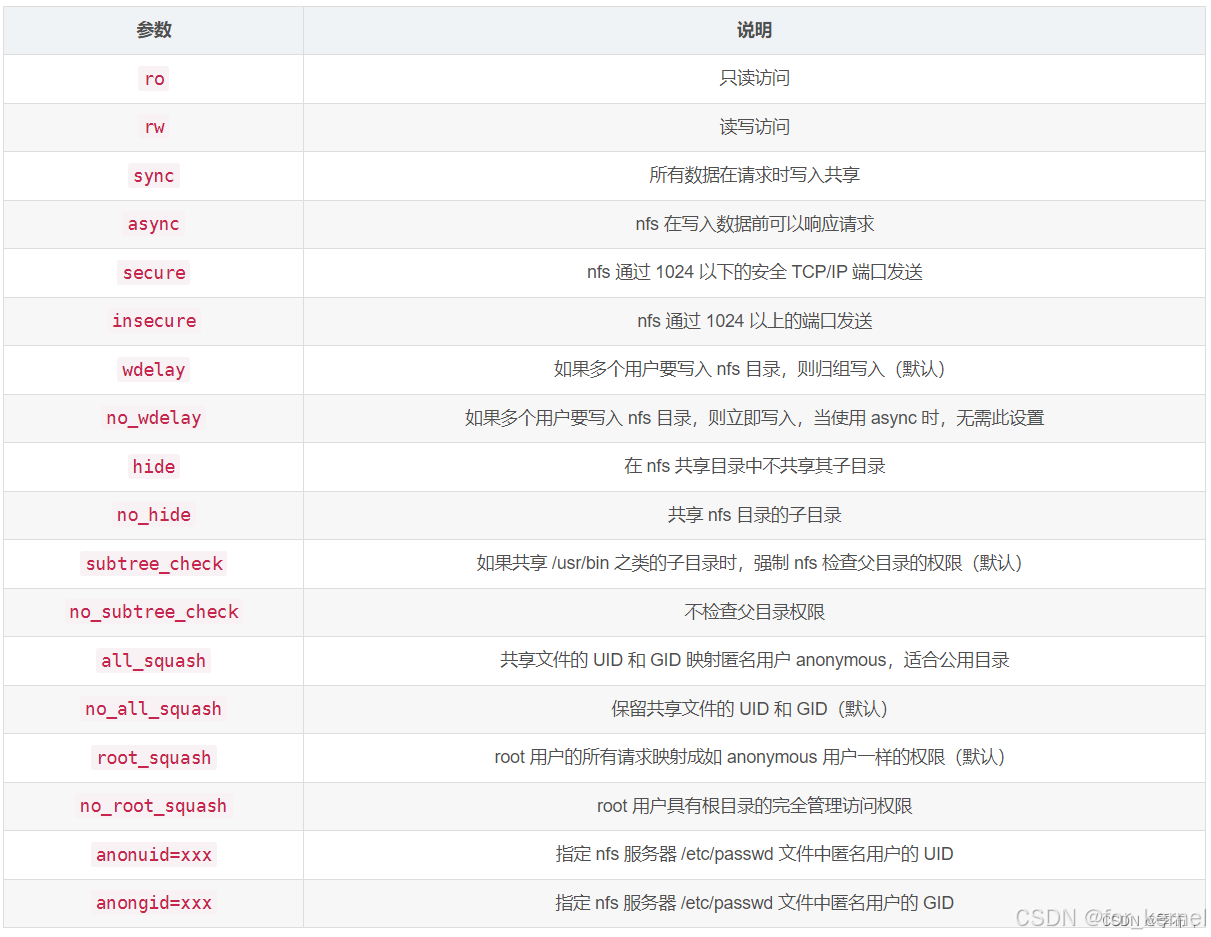反射内存技术适用于通过以太网、光纤通道或其他串行网络连接计算机或可编程逻辑控制器的应用,尤其在实时交互和高通信要求的系统中表现突出。虽然价格较高,但其易用性和性能优势带来了显著回报。反射内存能够在微秒级内将计算机的内存副本分发到整个网络,支持高达256台设备的连接,并实现数据透明地监测和复制,无需软件开销。具体型号如美国VMIPCI5565反射内存卡,采用PCI-Express接口,支持多通道光纤和高速数据传输,适用于大型计算机系统。使用时需确保良好的光纤连接,正确安装驱动和避免硬件冲突,以确保系统稳定性。总体而言,反射内存卡是解决大数据量和快速读写需求的优秀选择,适用于各种复杂应用场景。
库加载
win32: LIBS += -L$$PWD/3rdparty/rfm/lib/ -lrfm2gdll_stdc_32
INCLUDEPATH += $$PWD/3rdparty/rfm/inc
DEPENDPATH += $$PWD/3rdparty/rfm/dll
打开
int RfmApi::open()
{
RFM2G_INT32 numDevice = 1; // 默认读取第一张卡
QString devPath = QString::fromLocal8Bit("%1%2").arg(DEVICE_PREFIX).arg(numDevice);
QByteArray ba = devPath.toLatin1();
char* device = ba.data();
RFM2G_STATUS result = RFM2gOpen( device, &m_Handle );
if( result != RFM2G_SUCCESS )
{
return result;
}
return 0;
}
读取
int RfmApi::read(quint32 addr, QString &value, quint32 len)
{
char buffer[256] = {0};
// QByteArray bufferByte = {0};
// bufferByte.resize(len);
RFM2G_STATUS result = RFM2gRead( m_Handle, addr, buffer, len);
if( result != RFM2G_SUCCESS ) return result;
QByteArray byteData;
for(int index = len - 1; index >= 0; index--)
{
byteData[len - 1 - index] = buffer[index];
}
quint32 intValue = byteData.toHex().toUInt(nullptr, 16);
value = QString::number(intValue);
return 0;
}
写入
int RfmApi::write(quint32 addr, const QString &value, int len)
{
QByteArray byteData;
quint32 uint8Value = value.toUInt();
byteData.append(reinterpret_cast<const char *>(&uint8Value), sizeof(uint8Value));
bool ok = true;
RFM2G_STATUS result = RFM2gWrite( m_Handle, addr, (void *)byteData.data(), len );
if( result == RFM2G_SUCCESS )
{
return 0;
}
return result;
}
关闭
void RfmApi::close()
{
RFM2gClose(&m_Handle);
if(m_Handle != nullptr)
{
delete m_Handle;
m_Handle = nullptr;
}
}
【来源:https://ligo100.cn/houduanjishu/qt/642.html,转载请注明】



